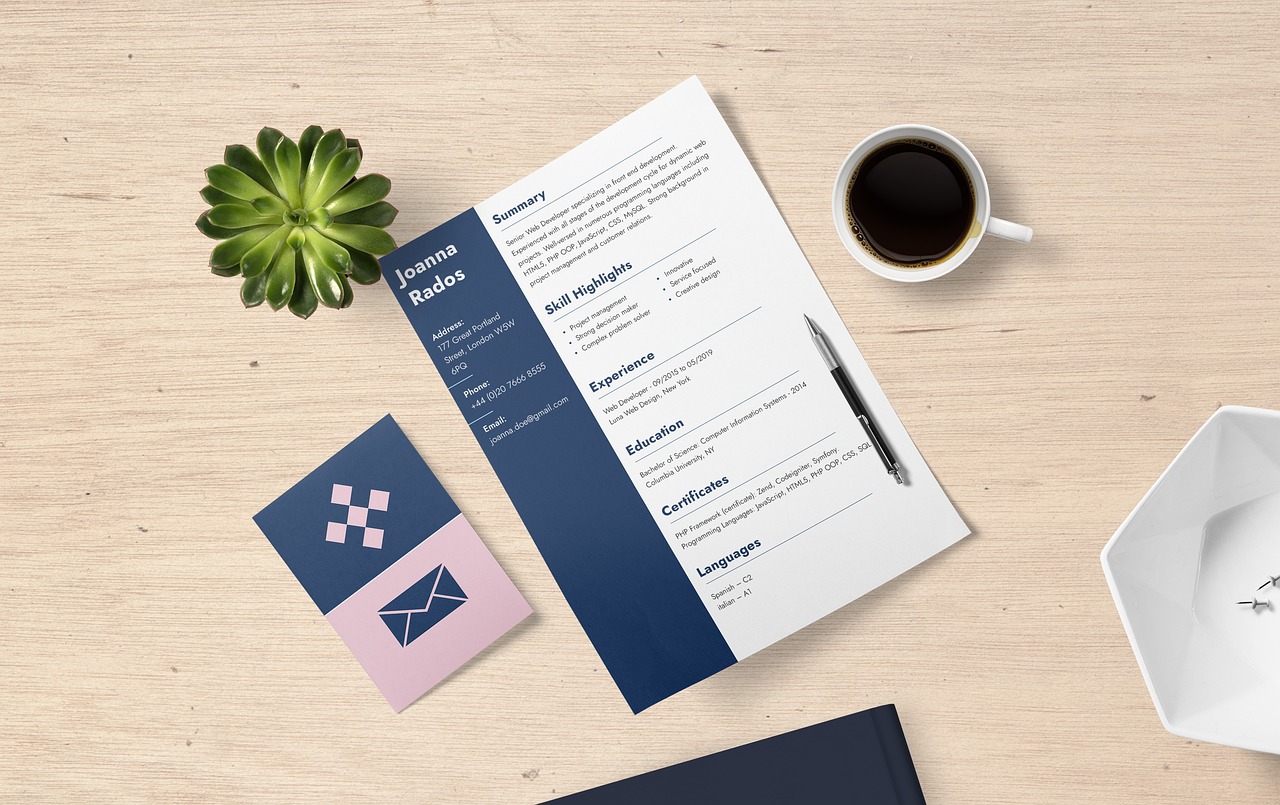
Crafting a resume that captures the attention of potential employers is a pivotal step in your job-seeking journey. A well-structured and visually appealing resume can make a lasting impression, giving you an edge in a competitive job market. Choosing the right resume template can play a crucial role in achieving this goal. In this blog, we will delve into the key factors to consider when selecting the perfect resume template to showcase your skills and experiences effectively.
Table of Contents
1. Understand Your Industry:
The first step in selecting a resume template is understanding the norms of your industry. Different fields have distinct preferences when it comes to resume formats. For instance, a creative industry might appreciate a more visually striking template, while a conservative field may favour a more traditional layout. Reflect on the industry’s expectations to choose a template that resonates well with its standards.
2. Highlight Your Strengths:
Your resume is essentially a snapshot of your professional journey, so it should emphasize your strengths and accomplishments. A template that allows you to showcase your skills and achievements prominently is ideal. Look for sections that let you detail your work experience, education, and any relevant certifications or awards. Make sure the template doesn’t overshadow your content but complements it.
3. Keep It Simple:
Simplicity is key when it comes to resume templates. A cluttered or overly elaborate design can distract from your actual qualifications. Opt for a template that offers a clean and organized layout. Remember, the goal is to make it easy for recruiters to quickly grasp your qualifications without being overwhelmed by design elements.
4. Visual Appeal:
While simplicity is important, a touch of visual appeal can make your resume stand out. Look for templates that incorporate subtle design elements such as a tasteful color scheme or well-chosen fonts. These elements can add a touch of uniqueness without compromising professionalism.
5. Customization Options:
Every job application is unique, and tailoring your resume for each position is vital. Choose a template that allows for easy customization. Look for options that let you adjust sections, reorder content, and tweak formatting to match the specific requirements of each job application.
6. Readability is Key:
No matter how impressive your qualifications, they won’t make an impact if they’re not easily readable. Opt for a template with a font size and style that’s clear and legible. Avoid templates that use overly decorative fonts or cramped spacing.
7. ATS Compatibility:
Many companies use Applicant Tracking Systems (ATS) to scan resumes for keywords before they even reach human eyes. To ensure your resume makes it through this digital gatekeeper, choose a template that is ATS-friendly. Look for templates that use standard fonts and avoid complex formatting that might confuse ATS systems.
Conclusion:
Choosing the best resume template is a critical step in presenting yourself effectively to potential employers. By considering your industry, highlighting your strengths, focusing on simplicity, balancing visual appeal, and keeping ATS compatibility in mind, you can select a template that aligns with your professional identity. Remember, your resume reflects you, and the right template can go a long way in helping you land that dream job.


